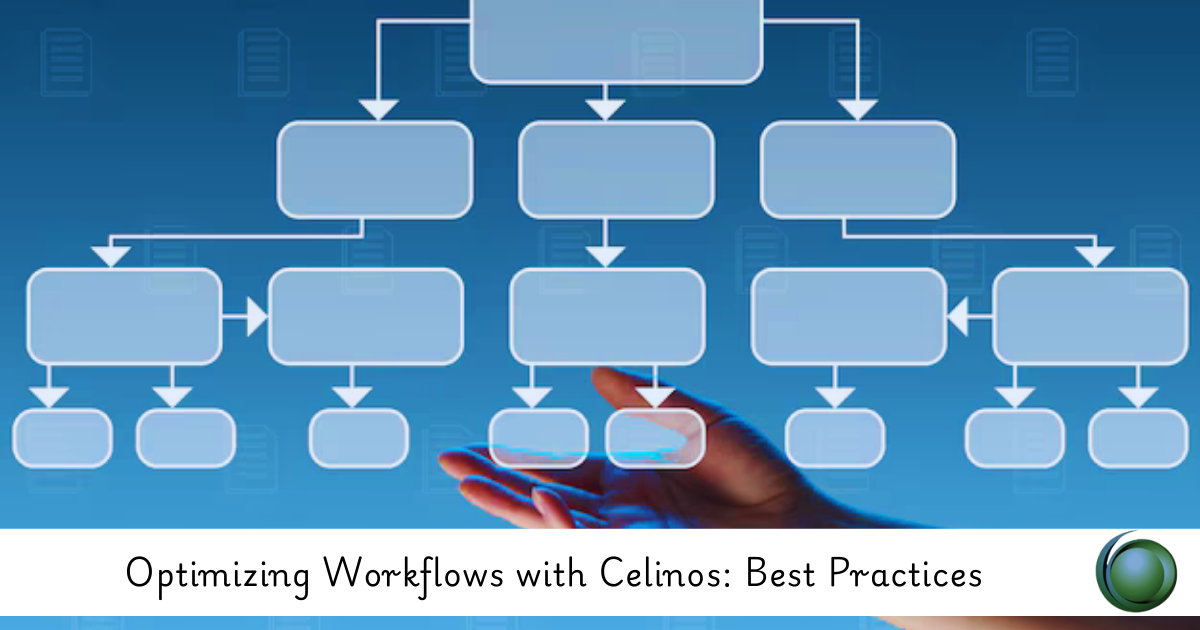Description
Introduction of MSMQ Disaster Recovery and Backup
Ensuring the resilience and reliability of Microsoft Message Queuing (MSMQ) systems is crucial for maintaining uninterrupted operations in any organization. This course outlines the best practices for implementing disaster recovery and backup strategies for MSMQ, enabling organizations to prepare for and mitigate the impact of unexpected disruptions. By understanding the key components of a robust disaster recovery plan, you will be equipped to safeguard your messaging infrastructure and ensure business continuity.
Prerequisites of MSMQ Disaster Recovery and Backup
- Basic Understanding of Microsoft Message Queuing (MSMQ)
- Familiarity with Disaster Recovery Concepts
- Basic Knowledge of Backup and Recovery Procedures
Table of Contents
1.Introduction to Disaster Recovery and Backup for MSMQ
1.1 Importance of Disaster Recovery in Messaging Systems
1.2 Overview of Backup Strategies for MSMQ(Ref: MSMQ Performance Tuning: Optimizing Throughput and Latency)
1.3 Key Components of a Disaster Recovery Plan
2.Assessing Risks and Vulnerabilities
2.1 Identifying Potential Threats to MSMQ**
2.2 Evaluating the Impact of Downtime
2.3 Conducting Risk Assessments and Vulnerability Analysis
3.Developing a Disaster Recovery Plan
3.1 Defining Recovery Objectives (RTO and RPO)
3.2 Establishing Roles and Responsibilities
3.3 Creating a Communication Plan for Recovery Scenarios
4.Backup Strategies for MSMQ
4.1 Types of Backup (Full, Incremental, Differential)
4.2 Scheduling Regular Backups of MSMQ Queues(Ref: Migrating from MSMQ to Modern Messaging Solutions)
4.3 Ensuring Data Consistency and Integrity During Backups
5.Implementing High Availability Solutions
5.1 Configuring Clustering for MSMQ Servers
5.2 Utilizing Load Balancing for Improved Resilience
5.3 Exploring Redundant Messaging Configurations
6.Testing Disaster Recovery Plans
6.1 Conducting Regular DR Drills and Simulations
6.2 Evaluating Recovery Procedures and Effectiveness
6.3 Updating DR Plans Based on Test Results
7.Monitoring and Maintenance
7.1 Implementing Monitoring Tools for MSMQ Health
7.2 Regularly Reviewing and Updating Backup Procedures
7.3 Analyzing Performance Metrics and Logs (Ref: Advanced Time Series Analysis with VictoriaMetrics)
8.Documentation and Reporting
8.1 Maintaining Comprehensive Documentation of DR Plans
8.2 Creating Backup and Recovery Logs
8.3 Reporting on DR Readiness and Backup Status
9.Real-World Use Cases and Case Studies
9.1 Analyzing Successful Disaster Recovery Implementations
9.2 Lessons Learned from Real-World Recovery Scenarios
9.3 Best Practices from Industry Leaders
Conclusion
This course provides a comprehensive approach to implementing disaster recovery and backup strategies for Microsoft Message Queuing (MSMQ). By mastering the techniques for risk assessment, planning, and testing, you will be equipped to safeguard your messaging infrastructure and ensure business continuity in the face of unforeseen disruptions. Emphasizing best practices and real-world applications, this course prepares you to build a resilient messaging system that can withstand challenges and maintain operational excellence.







Reviews
There are no reviews yet.